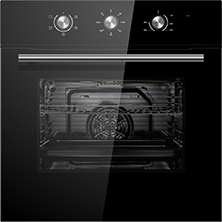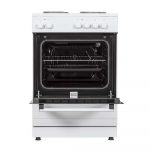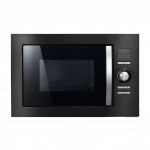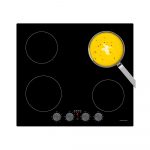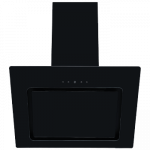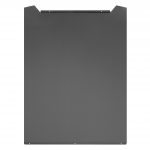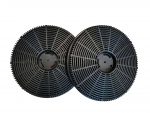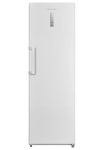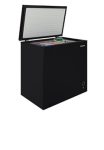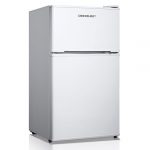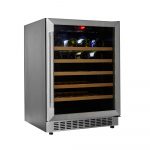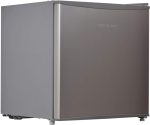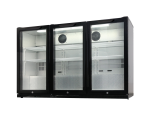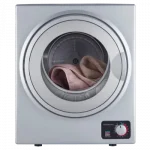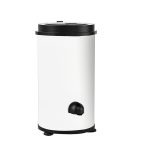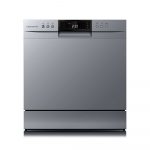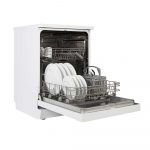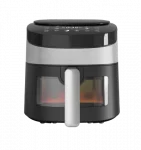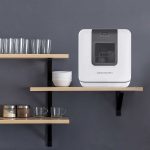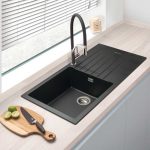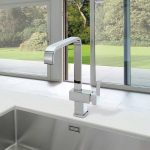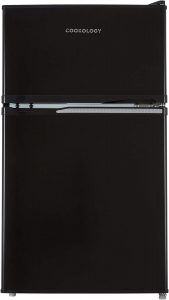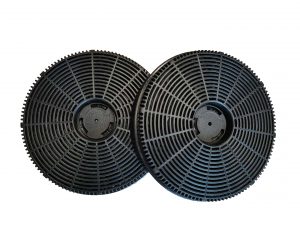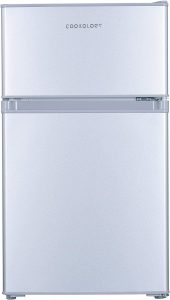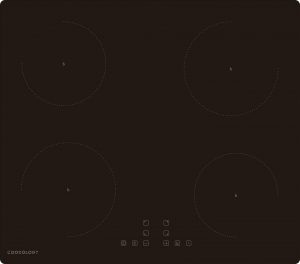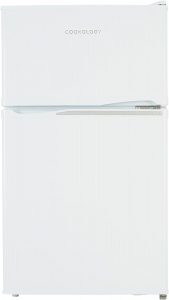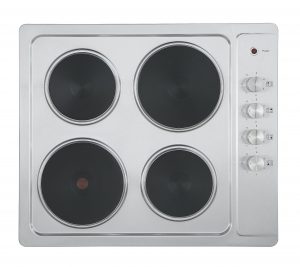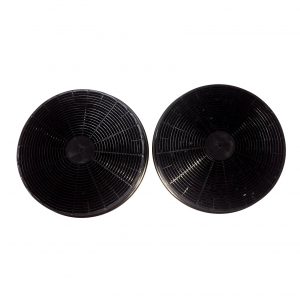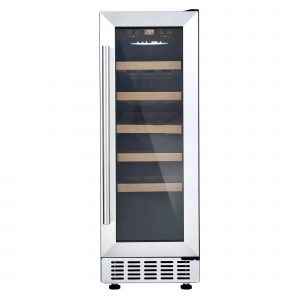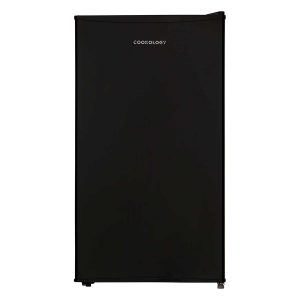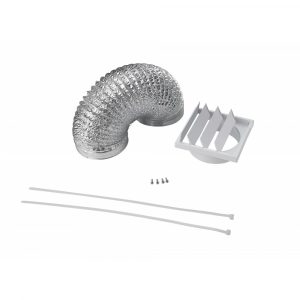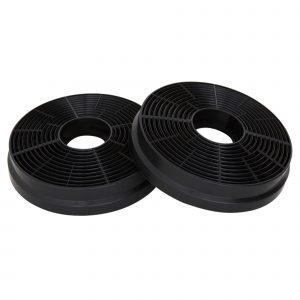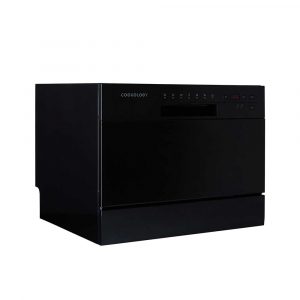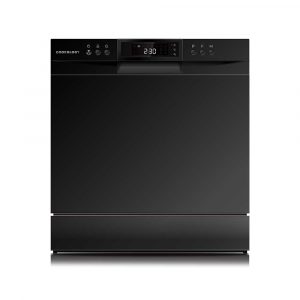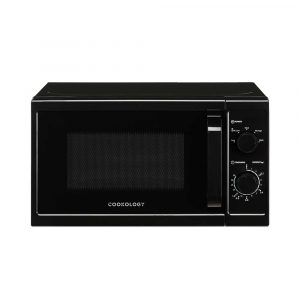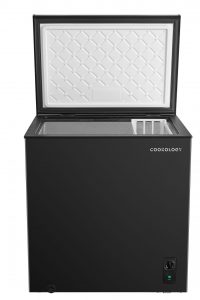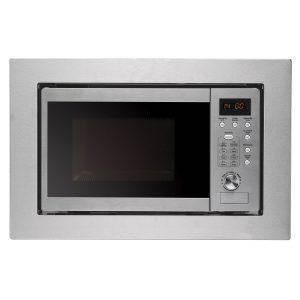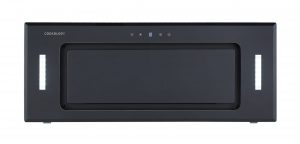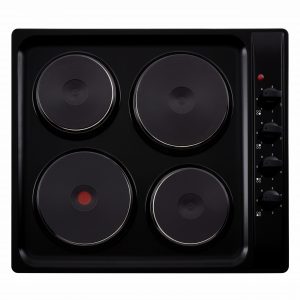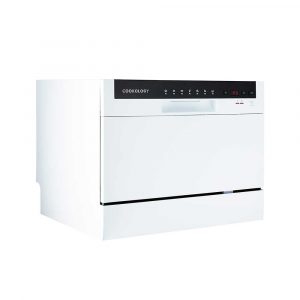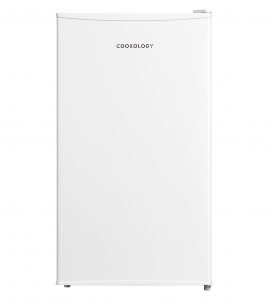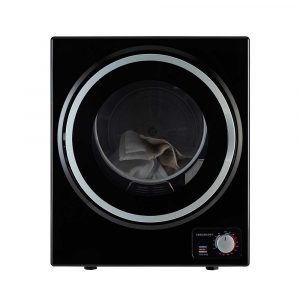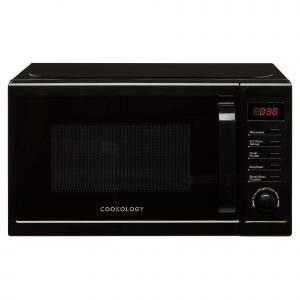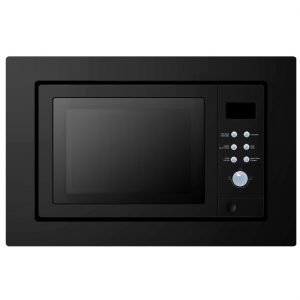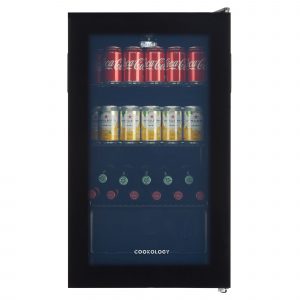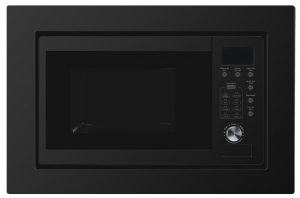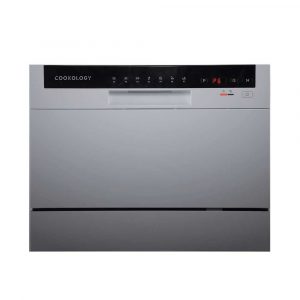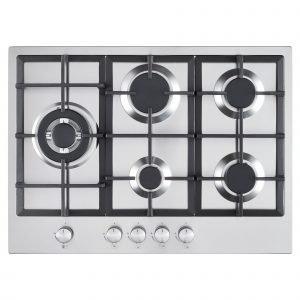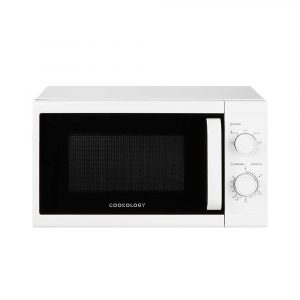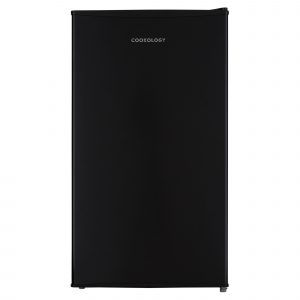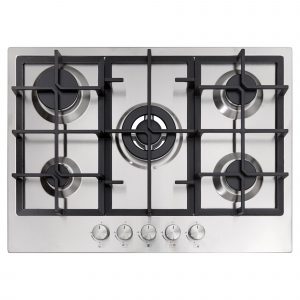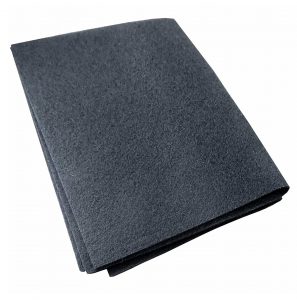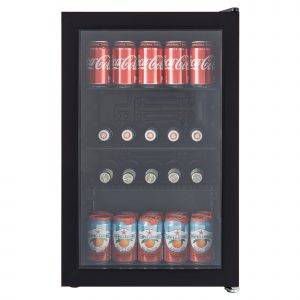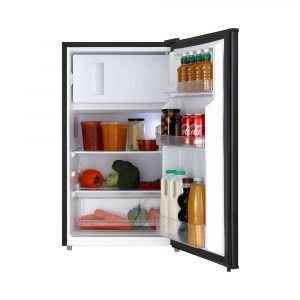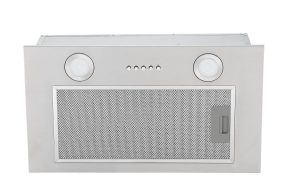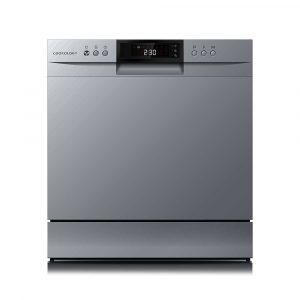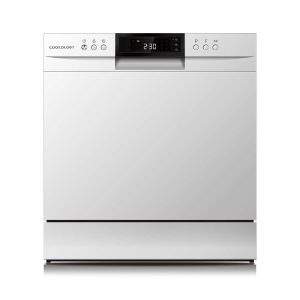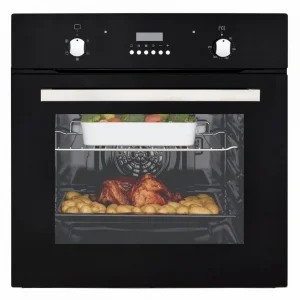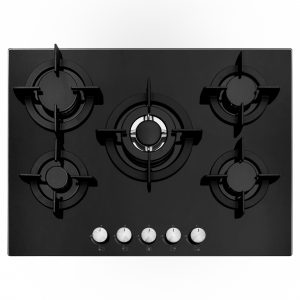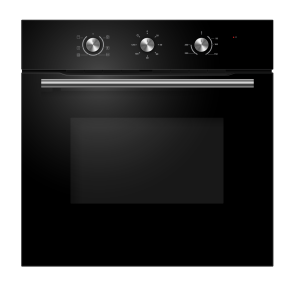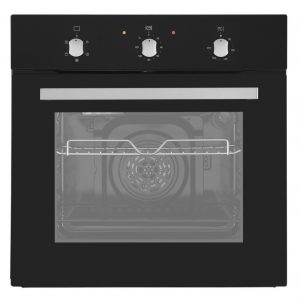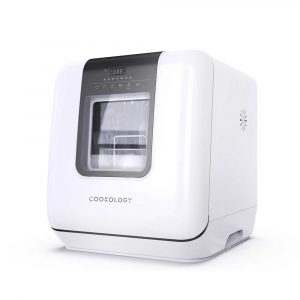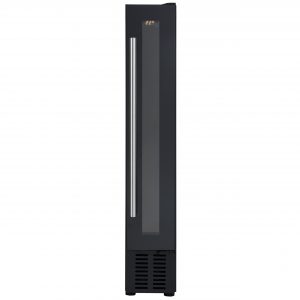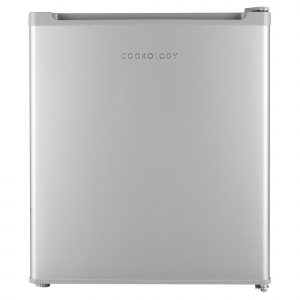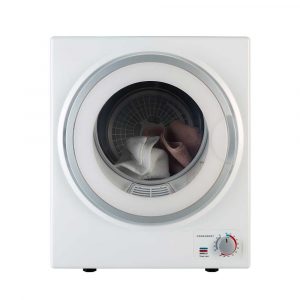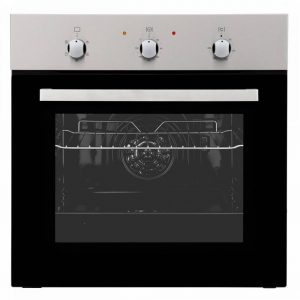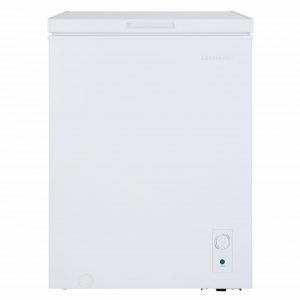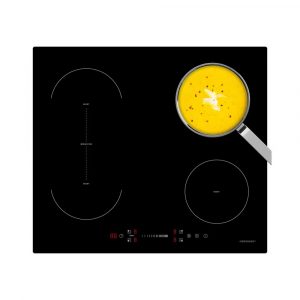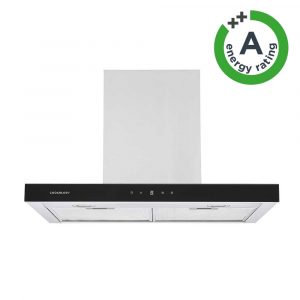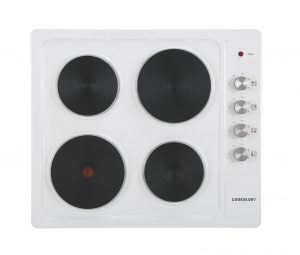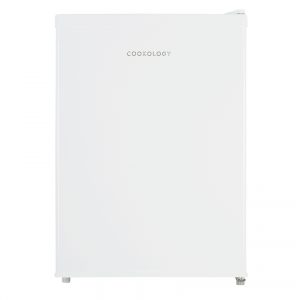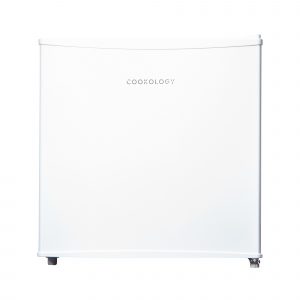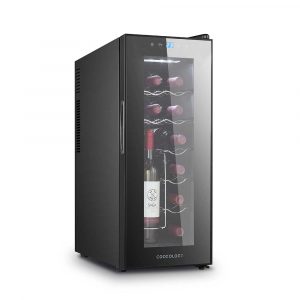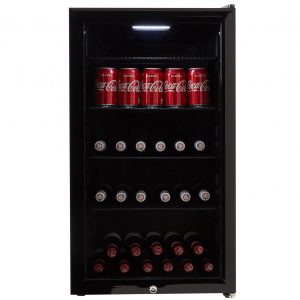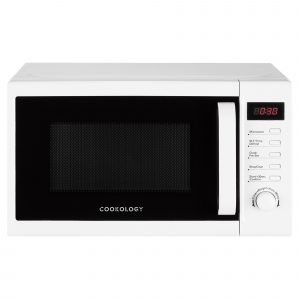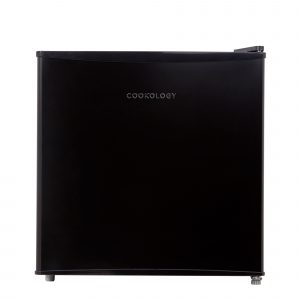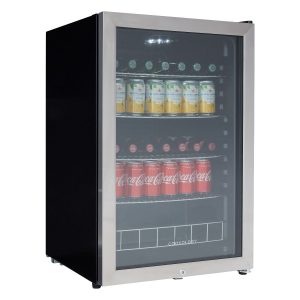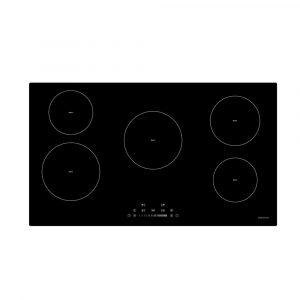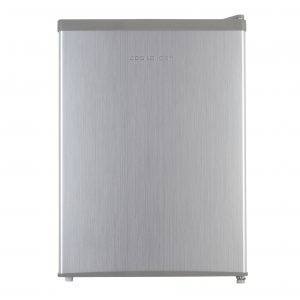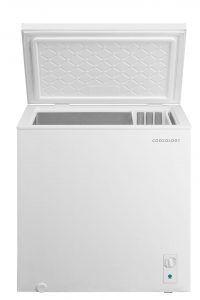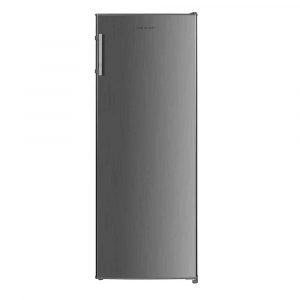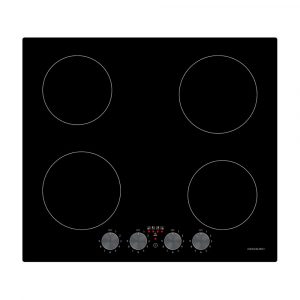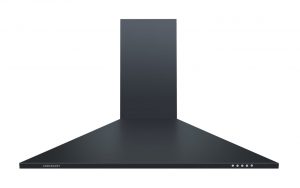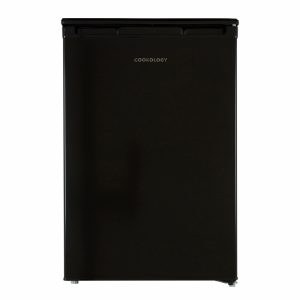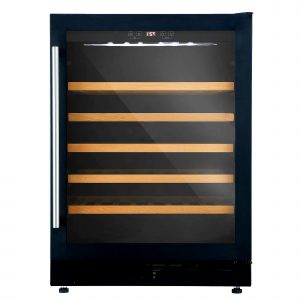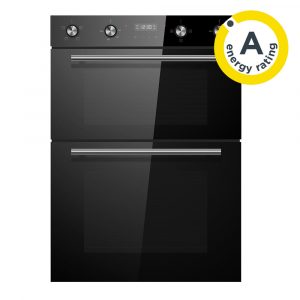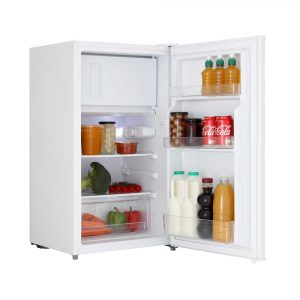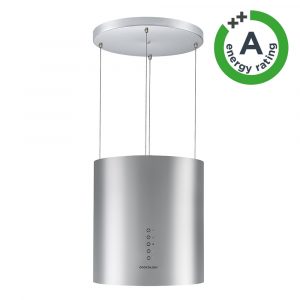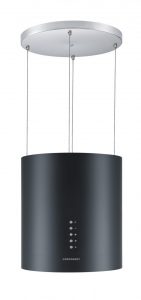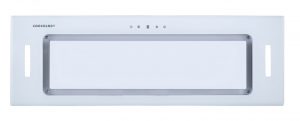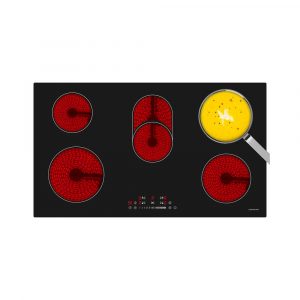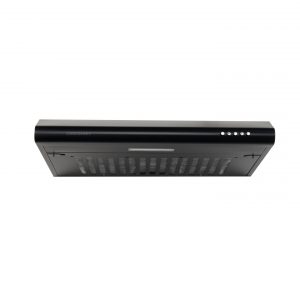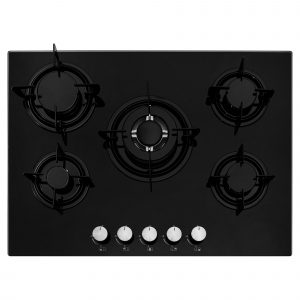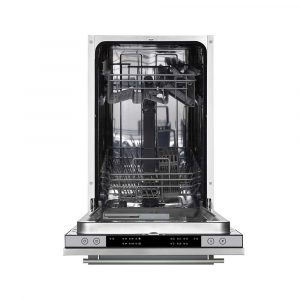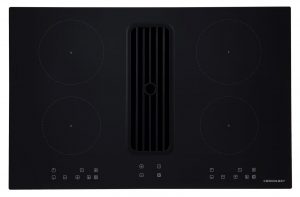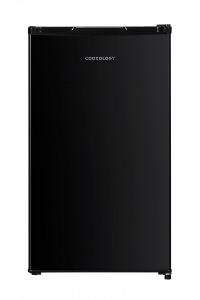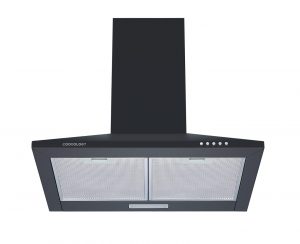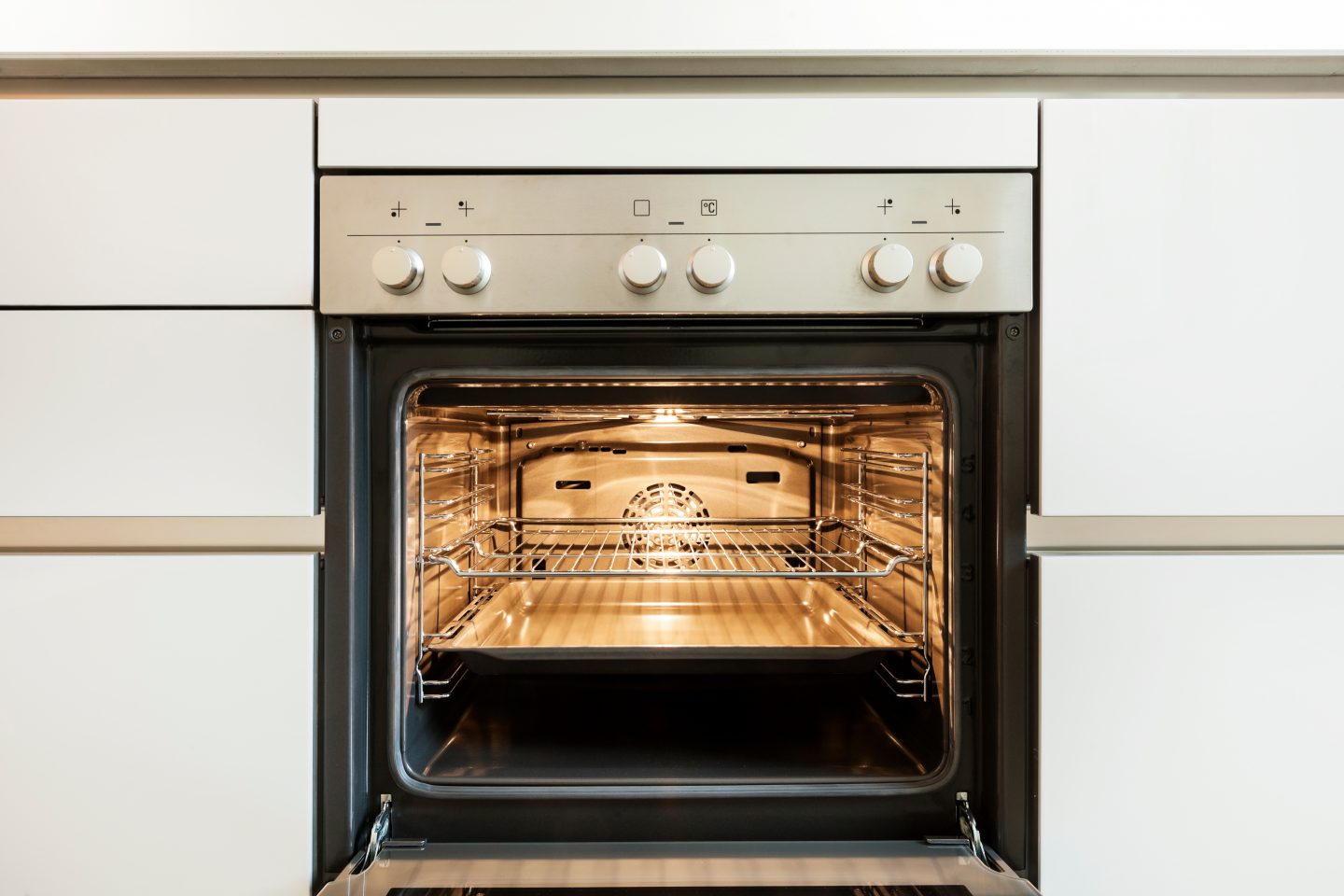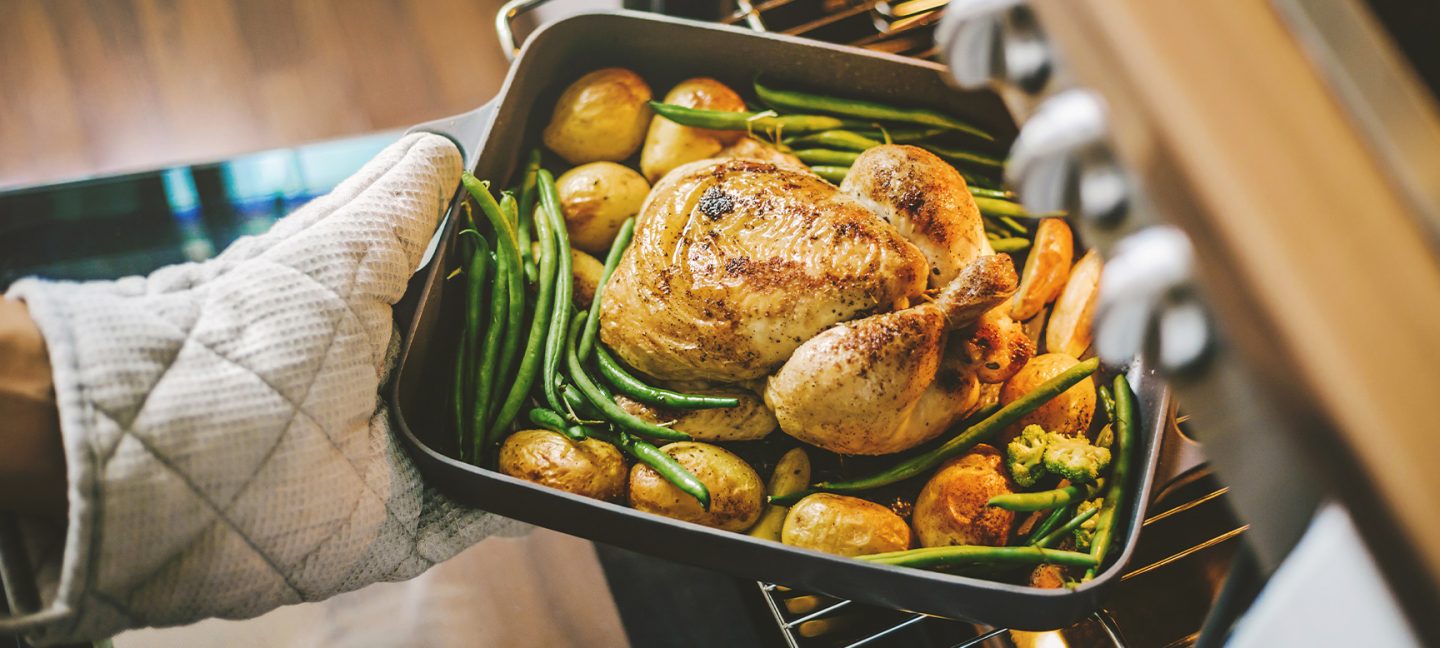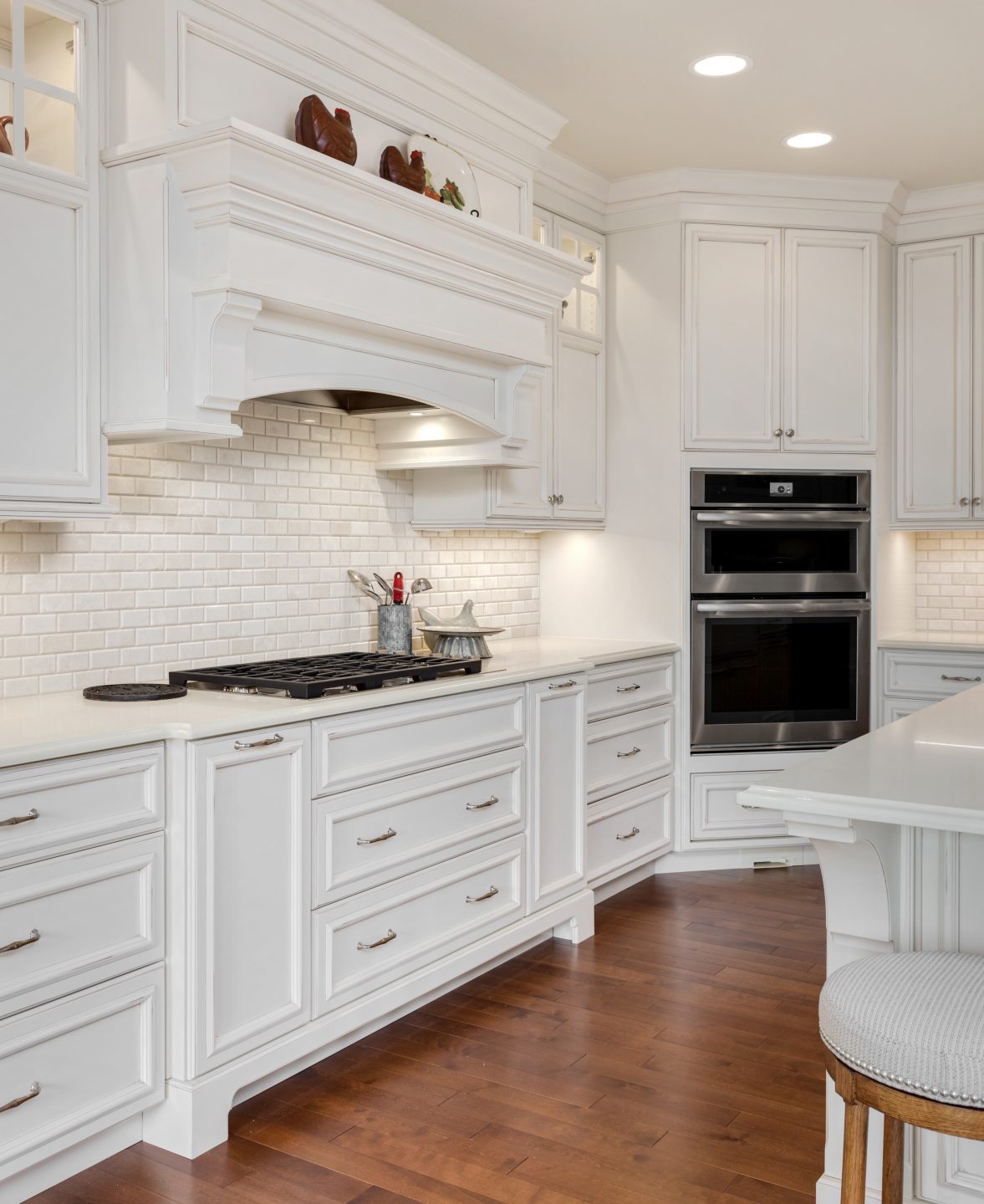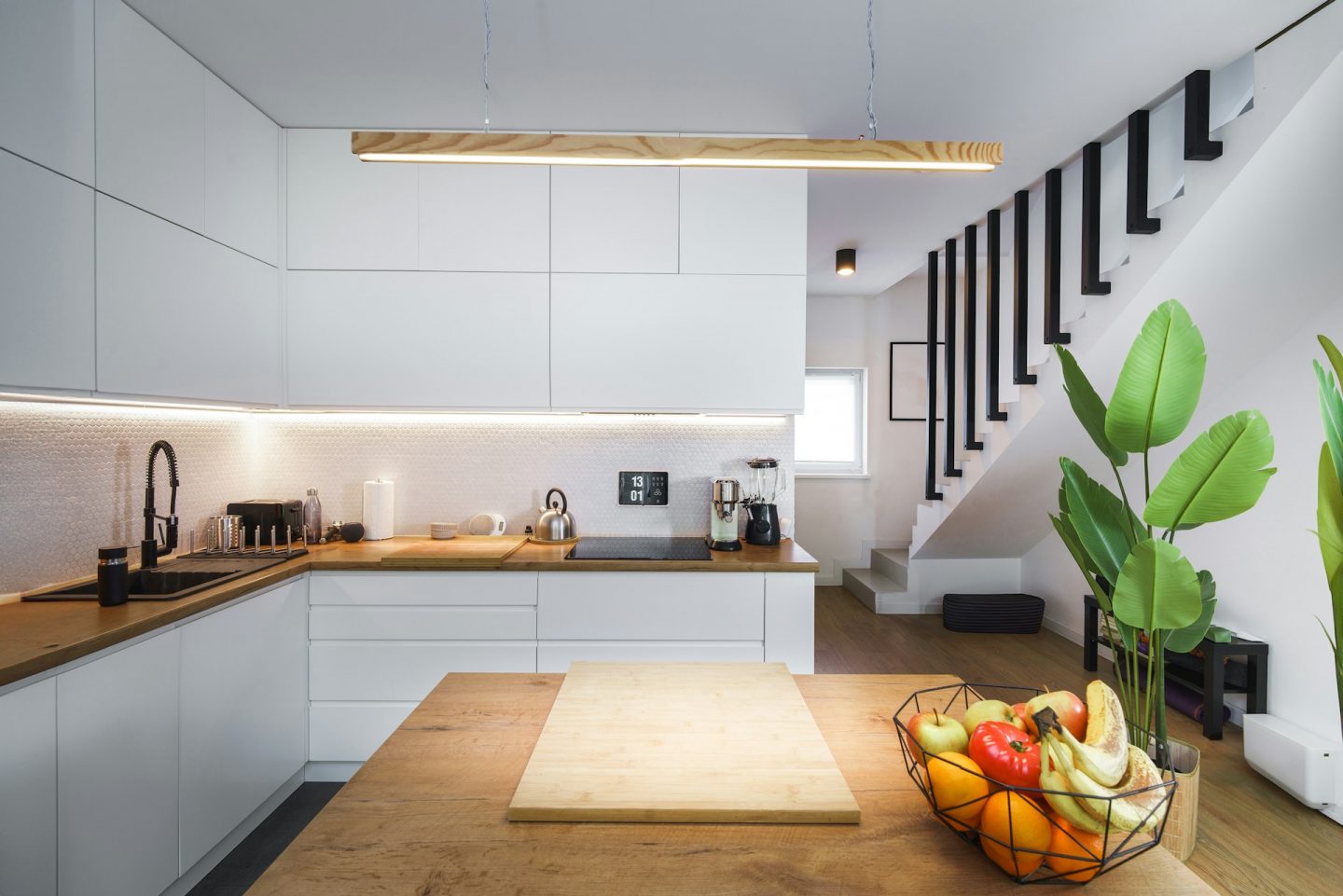No kitchen is truly complete without an oven. Most of us use these essential appliances multiple times a week, if not daily, so choosing the right one is pretty important. However, as with any other appliance, there’s a lot to consider before you buy. From price and brand through to features, design and build quality, you’ll have to weigh up a whole host of different factors when you’re shopping for an oven – and that’s before you’ve even considered size.
If you’re planning to refit your kitchen and alter its layout, you essentially have a blank canvas to work with. You can place appliances wherever you like and choose whichever sizes suit your needs best. And that begs the question: is a single oven the best option to go for, or should you opt for a double oven instead?
In this comprehensive guide, we’re going to help you answer that question by covering everything you need to know about oven sizes. Below, we’ll explain how oven sizes are measured, how they differ from model to model and how single and double ovens stack up against each other. If you’re unsure whether to choose a single or double oven, read on to get the answers you need.
Deciding between a single or double oven
How is oven capacity measured?
First, a little background on what ‘oven capacity’ actually means and how it’s measured. All ovens sold in the UK are measured in accordance with EU standards, with sizes typically being given in litres.
Although litres is the standard unit of measurement for oven capacity, most manufacturers will list the dimensions of the oven cavity separately too. So, if you want to compare your existing oven to others on the market, measuring its width, depth and height is the easiest way to do so.
How large is a typical oven?
A typical single oven offers around 60 litres of cooking capacity, although certain models come with 70 or more litres of room inside. Depending on the brand and model, you can expect to find somewhere between 60 and 75 litres of space inside a traditional single oven, which is enough to accommodate all of the popular styles of dish and baking tray you’d find in most kitchens.
Are double ovens twice as large as single ovens?
You’d think so, but no – double ovens aren’t usually double the size of their single counterparts. Sizes vary depending on brand and style (you’ll usually get more room in a built-in double oven compared to a built-under model), but generally speaking, a double oven provides at least 25 litres of additional cooking space compared to an equivalent single model.
The phrase ‘at least’ is important here, because some double ovens offer a lot more than 25 litres of additional space. Let’s take our own range as an example. While a typical single oven has 60 litres of space inside, our largest double ovens have a whopping 107 litres of cooking capacity – that’s a difference of almost 80%.
With all that extra space, you have a whole lot more freedom to cook more adventurous meals – and cook on a grander scale. If you have a family to feed and entertain guests on the regular, you’ll love the sheer space on offer in a double oven, not to mention the flexibility. With two separate cooking areas available, each with their own temperature controls, cooking complex meals is an awful lot more manageable when you have a double oven at your disposal.
How much space will I need?
This is the big question: just how many litres of cooking space do you need? Our advice is to start by measuring your current oven to see how it stacks up against other models on the market. If you have a particularly small single oven (with less than 60 litres of space inside), you might find that a larger single oven will be enough to satisfy your requirements.
If, however, you already have a 70+ litre single model and often find yourself short on space, the natural choice is to opt for a double oven. And remember, you don’t just get more room in a double oven, you get more flexibility. So, if you want to take your cooking skills up a notch and attempt more ambitious dishes – or simply feed all your family and friends – there are significant advantages to a double oven as opposed to a single one.
Are there any other factors to consider?
So, double ovens are more versatile and larger – so why doesn’t everyone have one? Of course, there are other factors to consider here, namely your budget and the size of your kitchen. Because double ovens take up more room, they’re best suited to larger kitchens; if you don’t have much space to work with, you might struggle to accommodate a double oven along with all your other appliances.
Double ovens are naturally more expensive than single ones, although not by as much as you might think – usually, there’s a difference of around £100 between equivalent single and double models. However, if you only have a single oven-sized space in your current kitchen, you’d need to factor in the cost of reconfiguring it if you want to switch to a double oven.
Explore our range of ovens online today
That wraps up our oven capacity guide. We hope you’ve found all the answers you were looking for, but if you still aren’t sure which option is right for you, take the time to explore the complete range of Cookology ovens and weigh up the differences between each model.
With a vast array of different models available to suit every budget, we’ve got you covered. Don’t forget to use the product filters on each page to narrow down your selection – it’s the easiest way to find an oven that ticks all your boxes!
